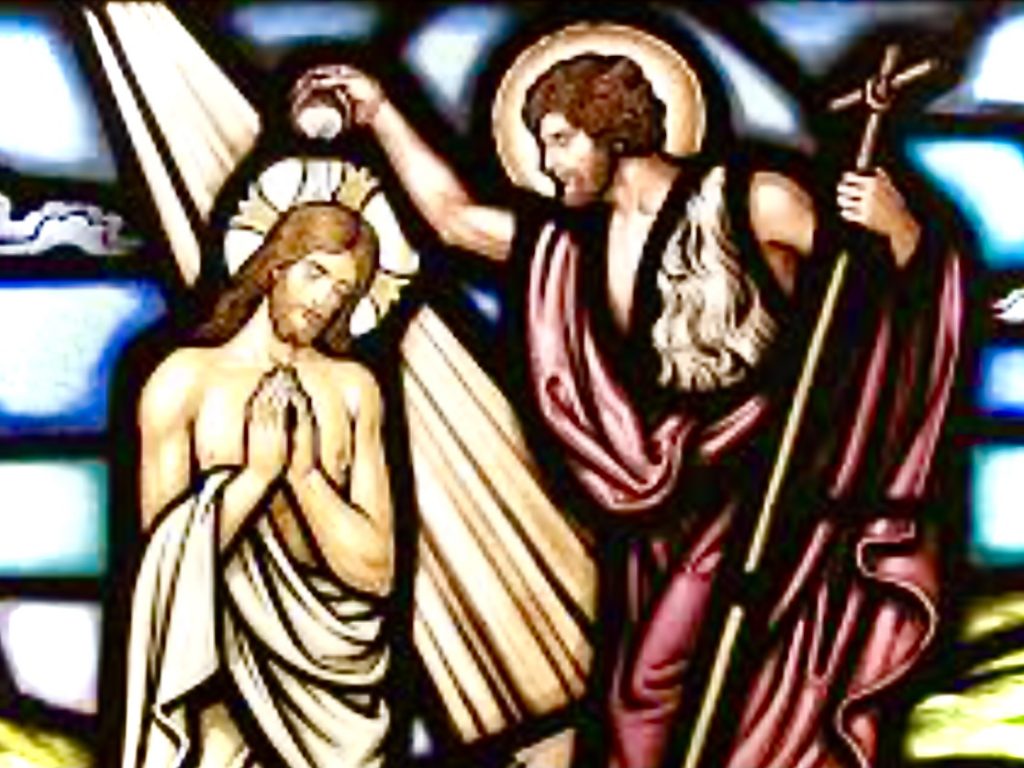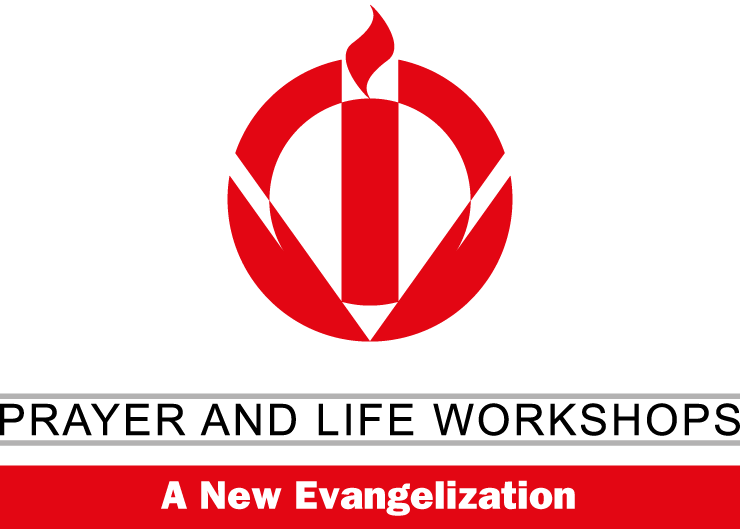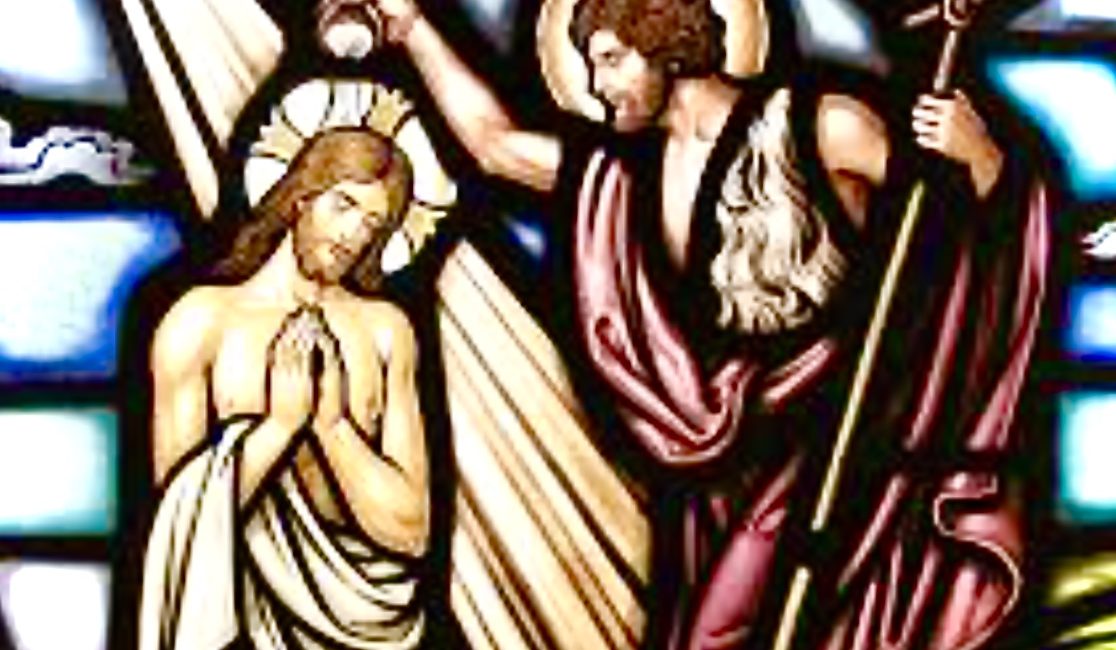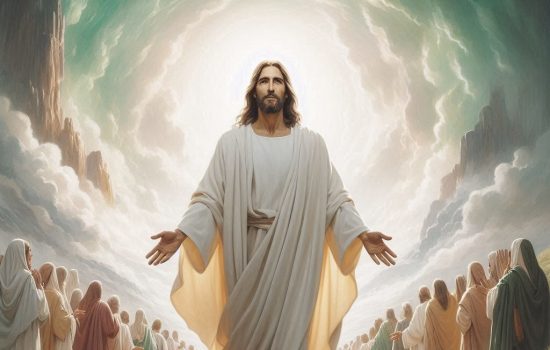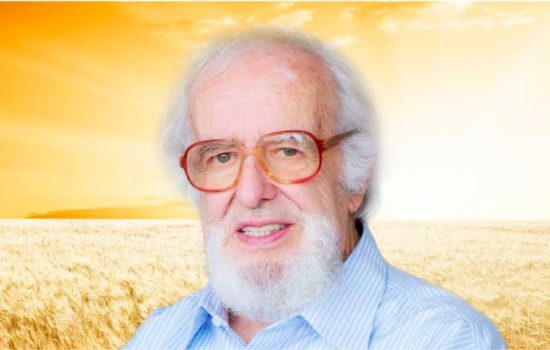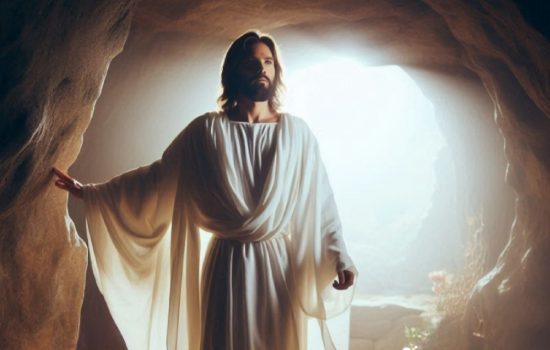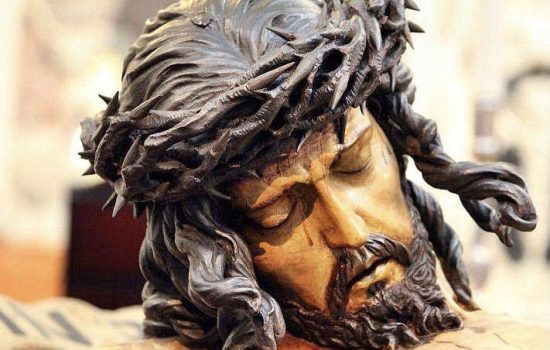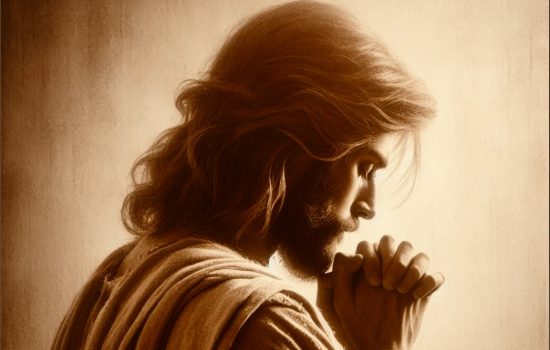John’s baptism had a penitential character. It was a bath of water signifying the purification of sins. Therefore, John preached on the bank of the river, and those who frequented the site confessed their sins.”(Mt 3: 6) Mark tells us that the baptism of John was a sign of conversion, a rite for the “forgiveness of sins.”
(Mk 1:4, Lk 3: 3) With the evangelical texts at hand, it is difficult to reach the conclusion that Jesus, who stood in line with the repentant and the sinners, sought the “remission of sins.” Why
did he have to subject himself to the penitential rite for sinners? By some chance, was he not the Son of God, the One without sin and without fault, the Holy One of God? Explaining this fact has always been vexing even to the Holy Fathers who have not left us with completely satisfactory or convincing answers. It has always been an irritating thorn even for the evangelists.
It is useless to exert effort in searching for subtle and impossible explanations. We stand before the splendor of the one whom we have defined and qualified since the beginning as the Poor One of Nazareth. We are confronted with a silent music calling together all the voices of the night in order to harmonize a nocturne. On a night like this, the jackals sleep and the drills will
descend to touch the very heart of the Earth.
We find ourselves before one of the most moving scenes of the Poor One’s condition as Poor: the Son of God, Light of Light, the perfumed tuberose, who waits patiently in the ranks of wild
beasts and hawks, fornicators and adulterers, men clothed in tempests and carrying daggers in their belts. He, the unarmed, white lamb, awaits his turn to enter the purifying waters just like
one more among the sinners. Humility was born that night. It sprouted powerful wings and scaled the highest peaks.
Here the incongruity of the scripture resonates when Paul, as though almost disliking the whole thing, surprises us with the terrible and daring expression affirming that “God made the One
who did not know sin to be sin for our sake.”(2 Cor 5:21) In other words, God legally identified the Son with sin and made the inherent curse of sin weigh heavily upon him. All this would culminate on the cross, but here on the banks of the river the humiliation is more lacerating, because the Poor One descends into the waters enveloped in the mud of human dirt, passing for a sinner among sinners. We have arrived at the last step of the Incarnation: the Holy One of God, who was without sin, was subjected to all kinds of sins and was made a “sinner” with the other sinners in order to raise them up to the holiness of God.
The most important words from the episode that took place at the River Jordan (“This is my beloved Son in whom I am well pleased.”) are taken word for word from Isaiah 42 and refer specifically to the Servant of Yahweh, the Poor One of God. So, therefore, in the background of the scene of the Jordan, the Man from Nazareth breathes and moves, clothed and bound up tightly with all the vestments that profile the eternal image of the Poor Man of God: “Here is my servant, my chosen one with whom I am well pleased, upon whom I have put my spirit; he shall bring forth justice to the nations, not crying out, not shouting, not making his voice be heard in the street. A bruised reed he shall not break, and a smoldering wick he shall not quench.” (Is 42: 1-3)
This is the essential figure of the Poor One of Nazareth as we have been affirming since the beginning: a Poor One among the poor, clothed in meekness and compassion. He was, throughout the days of his short life, a humble reed growing beside the quiet waters, and trampled by the feet of passers-by. He was the flute in which the humble could pour out their breath in order to take from it a music of consolation. He went about the squares and marketplaces gathering up the tears and changing then into pearls. He made silence his home, and no one heard his shouts in the wind. And just as the stream knows the sea even before it reaches the delta, so the humble will discover him in his perfumed vestiges. He still walks among us at eventide, wrapped in a mantle of silence, spreading stars and seeds of life as he passes.
Extracted from the book “The Poor One of Nazareth”, by Fr. Ignacio Larranaga, OFM
